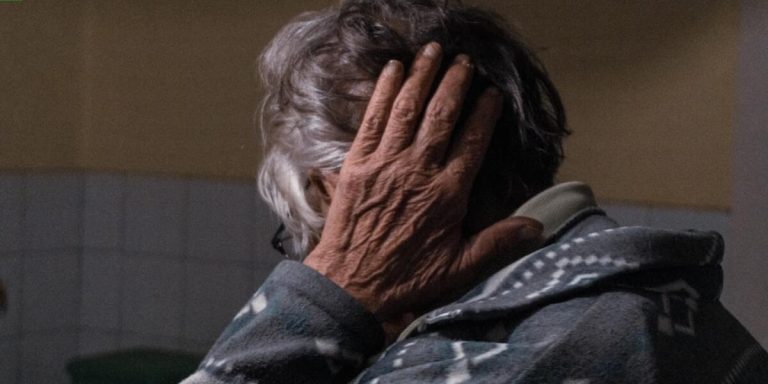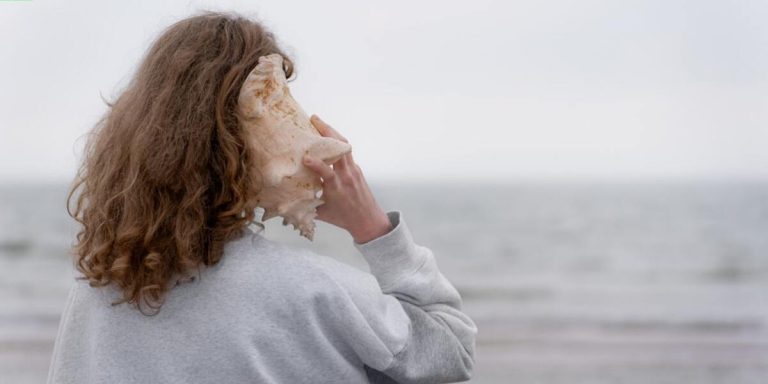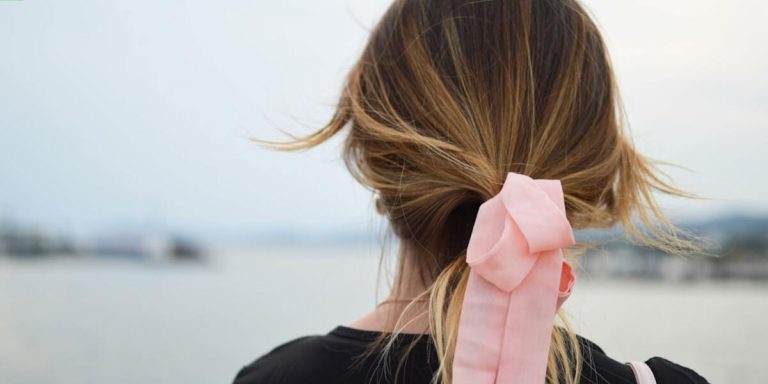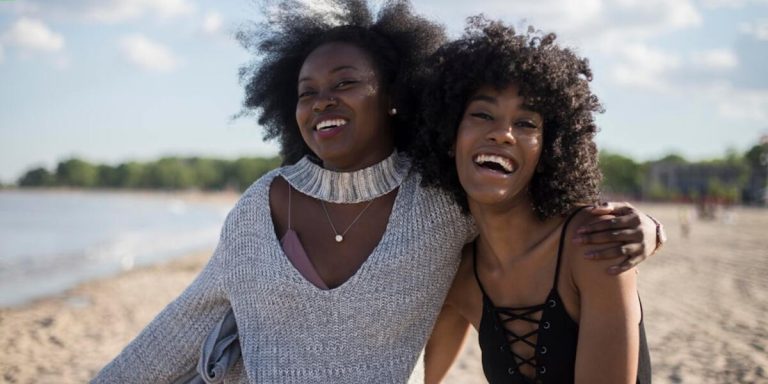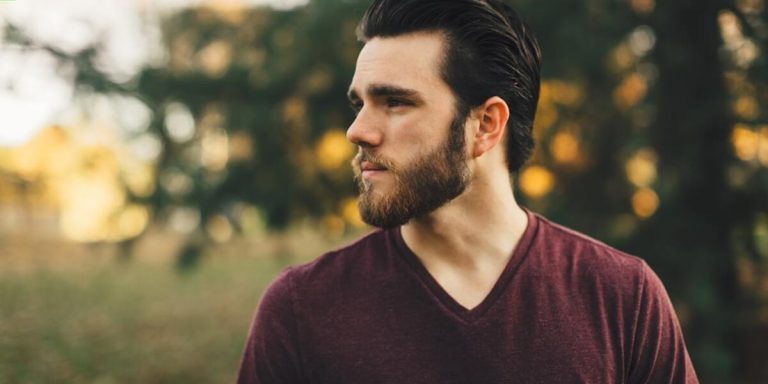Does Wearing a Beanie Cause Hair Loss? Exploring the Truth Behind this Common Question
Dealing with hair loss can be a taxing process, leading many to analyze their daily routines in search of the cause. One common question that often arises is “does wearing a beanie cause hair loss?” It’s not uncommon for individuals who sport beanies regularly to wonder if this seemingly innocent habit could lead to an unwelcome reduction in hair volume.
In order to answer this pressing query, we need to examine the factors implicated in hair health and growth. What role does overall scalp hygiene play? Are there any other lifestyle aspects that possibly contribute more significantly towards causing your tresses to thin out?
This blog post aims at unraveling these complexities so you can make informed choices about your hairstyling decisions.
Did you know?
Despite prevailing myths, wearing a beanie won’t directly lead to hair loss. However, if the hat is too tight or worn constantly, it can potentially contribute to traction alopecia – a condition caused by consistent pulling on hair follicles.
Understanding the Link Between Headwear and Hair Health
The relationship between the attire we choose to wear, specifically headwear, and the health of our hair can often be overlooked. It’s not uncommon to find individuals who love wearing beanies all year round – but could this popular fashion accessory potentially contribute towards hair loss? As surprising as it may sound, there might indeed be a link.
Before jumping into quick conclusions though, let’s get something clear: Wearing a beanie doesn’t directly cause your hair to fall out. However, if you’re constantly sporting one without proper care or consideration for your scalp health other issues may arise which indirectly lead towards undesired thinning or balding patterns.
A common factor in play is ‘traction alopecia’; an issue resulting from persistent pulling on the roots over time that happens when one wears tight hats like beanies frequently. The continuous pressure stresses the roots leading them eventually weaken and causing permanent damage if left unchecked; triggering premature hair-loss in extreme cases by 2023 standards.
Examining the Effects of Beanies on Scalp Circulation
The impacts of wearing beanies on hair health are often overlooked, with the primary question being – “does wearing a beanie cause hair loss?”. To answer this query adequately, it’s vital to delve deeper into an aspect crucial for healthy locks – scalp circulation.
Good scalp circulation is integral to maintaining nutritious and robust strands. The blood flow in our scalps carries essential nutrients that propel the growth of strong follicles. When you don these comfortable headwears consistently over long durations, it could potentially hinder optimal blood supply to your scalp.
Assessing Material and Tightness Factors in Hair Damage
There are many myths surrounding hair loss, with one of the most common being that wearing a beanie can cause it. But how much truth is there to this claim? Let’s break down two key factors: material and tightness.
More often than not, hats made out of natural fibres such as wool or cotton allow for better airflow and less friction against your scalp compared to their synthetic counterparts. This means they’re gentler on your locks and may reduce chances of breaking strands – perfect news for those who enjoy staying warm during colder months without having to worry about potential adverse effects on their crowning glory.
Next up – fitting! Can wearing a tightly fitted beanie accelerate hair loss? According to some trichology experts (the science of hair health), it can impact. Wearing any headwear, including hats, excessively tight and regularly over long periods can potentially lead to tension alopecia. This condition is a gradual growth decrease due to excessive pulling force at the roots, which results in thinning and eventually bald patches.
Scientific Insights into Hair Loss Triggers
Rest assured that by itself wearing beanies doesn’t directly result in hair fall. Nevertheless, if you’re constantly throwing on your favorite wool cap for extended periods or fitting it too tightly over your crown regularly may lead to other conditions potentially weakening your scalp’s health leading into thinning strands.
Beanies and other tight-fitted headwear can cause traction alopecia, a type of gradual hairline recession due to constant tension on the follicles.
Additionally, wearing headgear for extended periods traps moisture against the skin and disrupts its balanced microbiome. This can lead to fungal or bacterial infections that worsen hair loss in individuals genetically predisposed to baldness, particularly if they don’t maintain strict hygiene.
In conclusion as we navigate 2023 let us remember not all types/styles daily usage necessarily leads towards damaging impacts because ultimately the key lies around respecting our unique biological boundaries; practicing good habits while indulging fashion trends is indeed critical for maintaining overall wellbeing inclusive beautiful lush tresses!
Investigating Androgenetic Alopecia: Beyond Hats and Helmets
Androgenetic Alopecia, known widely as pattern baldness, is a common hair loss condition that affects people irrespective of age or gender. However, there’s a prevalent myth in circulation – ‘Does wearing beanie cause hair loss?’ To set the record straight with scientific data at hand we delve into this query.
Now moving onto beanies specifically; it may surprise you to learn they’re relatively innocent when it comes to causing hair damage themselves. Beanies typically do not generate enough friction on your scalp for significant thinning or breakage unless worn excessively tight every single day.
However, if you’re regularly donning these fashionable warmers without giving your locks any breathing space in-between wears or worse yet–wearing them dirty–that could potentially lead to issues such as blocked pores due to excessive sweat build-up thus disrupting healthy growth patterns indirectly rather than directly damaging strands like many believe!
Analyzing Lifestyle Choices: Diet, Stress, and Hairstyles Impact
In our exploration of hair loss causes, it’s impossible to overlook the influence of certain lifestyle choices. These are primarily inclusive of your diet, levels of stress and even hairstyles – all playing a significant part in hair health.
Let’s start with dietary factors. Just as any other body organ requires essential nutrients for optimum functioning, so does your scalp and hair follicles. Nutrient deficiencies like that iron can lead to anemia which has been linked to increased instances of early-onset balding or alopecia.
Similarly, lack or deficiency in vitamins such as biotin can negatively impact overall scalp health leading towards thinning or brittle strands.
Additionally, consistent high-stress scenarios have been scientifically acknowledged for initiating temporary yet severe forms known as Telogen Effluvium where extreme tension triggers majority hairs into a resting phase causing rapid shedding after a traumatic event eventually showing signs 3-4 months post-event.
Preventative Measures for Maintaining Healthy Locks
While wearing a beanie might seem like the perfect solution to keep your head warm during colder months and even serve as a stylish accessory, many people have expressed concerns about its potential harm on their hair. Recent studies show that despite such worries, beanies themselves don’t directly cause hair loss. However, they can contribute indirectly if not worn appropriately or maintained properly.
Hygiene plays an essential role in keeping our scalp healthy. If you wear your beanie all day regularly without washing it frequently enough, it tends to collect sweat and dirt which may lead to scalp infections — one of the primary contributors towards unhealthy locks and subsequent hair loss. Henceforth, make sure you clean your beanie periodically; doing this significantly reduces any risk associated with infecting our delicate scalps.
On top of hygiene practices comes another precautionary measure for maintaining those luscious locks: Do not pull down the cap too tight around your forehead as this could create tension leading to traction alopecia—a form of stress-induced hair loss due to prolonged pulling force applied on the follicles.
It is also important not forgetting how crucial nourishment from within is for healthy mane growth—as hairstylists would often tell us—it’s what inside matters most when enhancing strength and reducing brittleness in strands—hence sticking up with balanced diets rich in proteins alongside regular hydration should effectively complement external efforts taken against preventable causes of losing precious manes over time!
Strategies to Mitigate Risk When Wearing Head Coverings
Wearing a beanie or other forms of head coverings may seem like an innocent act. However, for many unaware individuals, it can lead to unnecessary hair loss. Do you often wonder if wearing beanies causes hair loss?
Let’s dive deep into the issue and identify key strategies that will help mitigate this risk.
Firstly, ensure your beanie is made from natural fibers such as cotton or silk instead of synthetic materials. Synthetic fabrics tend to generate static electricity which could potentially harm your precious locks resulting in increased shedding. On top of eliminating potential static issues, natural fibers also allow better ventilation thus reducing scalp sweat and excessive moisture buildup – two known culprits leading to unhealthy roots.
Secondly, avoid donning your favorite beanie too tightly on your crown; doing so restricts much-needed blood circulation causing undue pressure on delicate follicles thereby damaging them over time which might result in significant hair fall out.
Another effective strategy involves alternating daily between different types/styles of hats covering just diverse sections/areas within our crowns each day hence distributing evenly any possible ‘hat-hair’ stress across multiple days rather than concentrating all at once upon some specific section(s) every single day continuously without giving those adequately long recovery breaks they absolutely deserve following any intense session under hat-covered suffocation!
Embracing Proper Scalp Care Routines
Embracing proper scalp care routines is a critical step towards preserving your hair health and preventing potential instances of hair loss. Here we will delve into how certain habits can influence the state of our locks, specifically focusing on whether wearing beanies cause hair loss or not.
The notion that adorning headgear like beanies leads to sparse strands has been an enduring myth for years now. However, experts in 2023 have come forward with extensive studies proving otherwise.
If you favor these fashion accessories frequently especially during colder months ensure they’re clean as dirty ones host grime which might clog pores leading to unsightly growth issues.
Developing beneficial scalp grooming habits forms part of effective preventative measures against unwanted shedding episodes.
1) Frequent Scalp Massage: The practice increases blood flow hence delivering essential nutrients aiding robust follicle wellbeing thus averting possible thin-outs.
2) Proper Shampooing & Conditioning: Overdoing this routine could strip natural oils resulting in dry brittle tresses liable for breakage; moderation remains key here.
3) Balanced Diet : Consuming nutrient-rich foods largely boosts general body fitness including supporting healthy mane development cycles thereby forestalling likely plucking problems.
Conclusion
In conclusion, concerns about whether “does wearing a beanie cause hair loss” might not be completely baseless. However, remember that it’s not the hat but rather how you wear it and your hygiene practices around it that matter most when considering potential damage to your scalp or follicles.
Don’t let fear of hair loss keep you from rocking your favorite headwear! Just make sure they are clean, well-fitted and worn in moderation. Look under ‘Hair Loss Causes’ on our website for more insightful information related to this topic and other possible triggers – because understanding is indeed the first step towards prevention or treatment.


